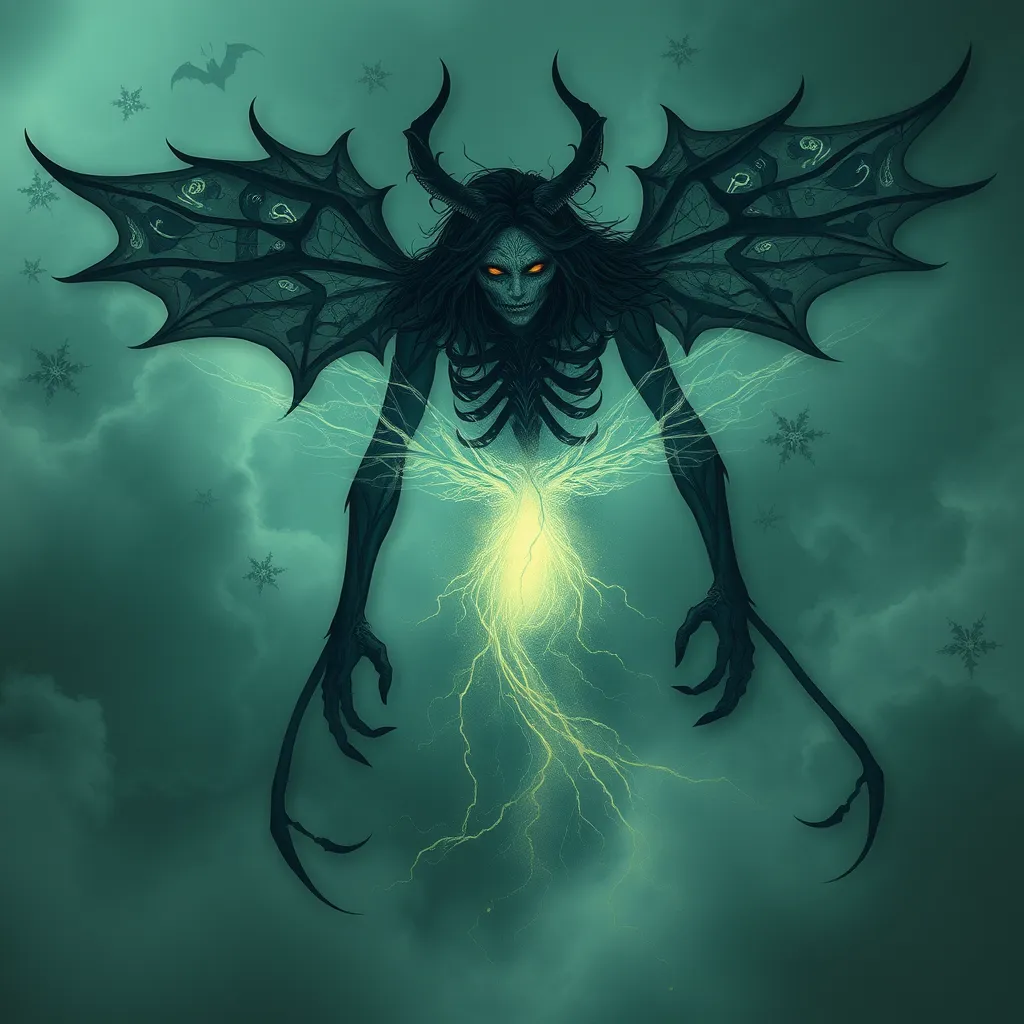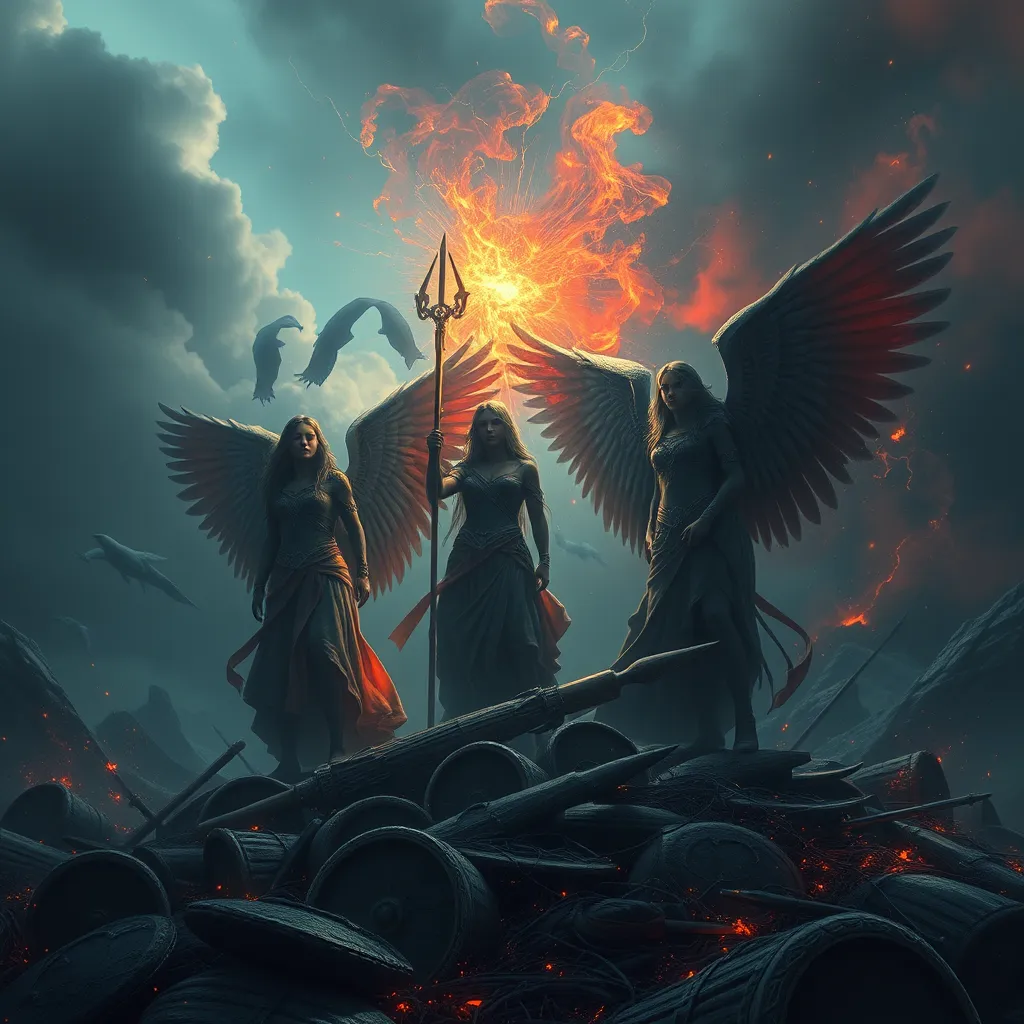The Werewolf’s Moral Compass: Examining the Ethical Dilemmas and Moral Ambiguity of Werewolf Legends
I. Introduction
Werewolf legends have captivated human imagination for centuries, spanning across various cultures and epochs. These tales often depict individuals cursed to transform into ferocious beasts under the light of the full moon, embodying the struggle between humanity and primal instincts. From ancient folklore to contemporary cinema, werewolves serve as powerful symbols of the duality of human nature, exploring themes of morality, identity, and the boundaries of civilization.
This article aims to delve into the ethical dilemmas and moral ambiguity inherent in werewolf narratives, examining how these stories reflect the complexities of human existence and societal values.
II. Historical Context of Werewolf Legends
A. Origins of werewolf myths across different cultures
The origins of werewolf myths can be traced back to ancient civilizations, where the lines between humanity and the animalistic world were often blurred. Some notable examples include:
- Ancient Greece: The legend of Lycaon, who was transformed into a wolf by Zeus as punishment for his impiety.
- Medieval Europe: The widespread belief in lycanthropy, where individuals were thought to be able to transform into wolves through magic or curses.
- Native American cultures: Various tribes have their own versions of werewolves, often connected to spiritual beliefs and the natural world.
B. The evolution of the werewolf archetype through history
Over the centuries, the werewolf archetype has evolved significantly. In the Middle Ages, werewolves were often viewed as evil beings associated with witchcraft and the devil. However, modern portrayals have shifted to include complex characters who struggle with their dual nature, reflecting contemporary concerns about identity and morality.
III. The Duality of Human Nature
A. The werewolf as a metaphor for the struggle between civilization and primal instincts
Werewolves epitomize the tension between civilized behavior and primal urges. This duality serves as a powerful metaphor for the human condition, illustrating the constant battle between our higher selves and our baser instincts.
B. Case studies: famous werewolf characters and their moral conflicts
Several werewolf characters in literature and film encapsulate this moral conflict:
- David Kessler</strong from "An American Werewolf in London": Struggles with the horror of his transformation and the consequences of his actions.
- Bill Compton</strong from "True Blood": A character wrestling with his werewolf nature while trying to maintain a semblance of humanity.
- Jacob Black</strong from "Twilight": Faces the dilemma of loyalty to his pack versus his love for a human, highlighting the complexity of identity.
IV. The Ethical Dilemma of Transformation
A. Consent and autonomy in the werewolf transformation
A significant ethical dilemma in werewolf narratives revolves around the issue of consent. Transformation into a werewolf often occurs through external forces, such as bites or curses, raising questions about autonomy and moral responsibility.
B. The impact of external influences (curses, bites) on moral responsibility
The involuntary nature of becoming a werewolf complicates the question of culpability. When characters lose control over their actions, can they truly be held accountable for the violence they commit during their transformations? This ethical ambiguity challenges our understanding of free will and moral responsibility in the context of monstrous behavior.
V. The Predator-Prey Dynamic
A. Analyzing the werewolf’s role as both predator and victim
Werewolves navigate a complex predator-prey dynamic, often portraying them as both hunters and the hunted. This duality invites exploration of survival instincts and the moral implications of their actions.
B. Moral implications of hunting and survival instincts in werewolf narratives
The instinctual drive to hunt raises questions about morality and ethics in werewolf stories. Are werewolves merely acting on instinct, or do they possess the capacity for moral judgment? The narratives often reflect societal fears about violence and the thin veneer of civilization that separates humans from their primal instincts.
VI. The Concept of Justice and Punishment
A. Exploration of societal reactions to werewolf behavior
Societal reactions to werewolf behavior often mirror real-world responses to crime and deviance. In many stories, werewolves are ostracized, hunted, or punished by their communities, highlighting themes of justice and retribution.
B. The role of community and justice systems in werewolf stories
Communities in werewolf narratives often grapple with how to deal with those who transform into beasts. The responses can range from vigilante justice to attempts at rehabilitation, reflecting varying societal values regarding crime and punishment.
VII. Modern Interpretations and Cultural Reflections
A. How contemporary werewolf tales address modern ethical issues (identity, mental illness, etc.)
Modern werewolf tales often address contemporary ethical dilemmas, such as identity crises and mental illness. These narratives can serve as allegories for real-life struggles, allowing audiences to engage with complex issues through the metaphor of lycanthropy.
B. The portrayal of werewolves in film and literature as reflections of societal values
The portrayal of werewolves in modern cinema and literature often reflects societal anxieties and values. For example, werewolves may symbolize fears of loss of control, the impact of trauma, or the consequences of societal rejection, serving as a mirror to contemporary issues.
VIII. Conclusion
In summary, werewolves embody a rich tapestry of ethical dilemmas and moral ambiguities that challenge our understanding of human nature. From the struggle between civilization and primal instincts to the complexities of consent and responsibility, these narratives provide profound insights into the human condition. By examining the moral conflicts faced by werewolves, we gain a deeper understanding of ourselves and the societal values that shape our lives. These legends continue to resonate, reflecting the timeless questions of identity, morality, and the duality of human existence.



